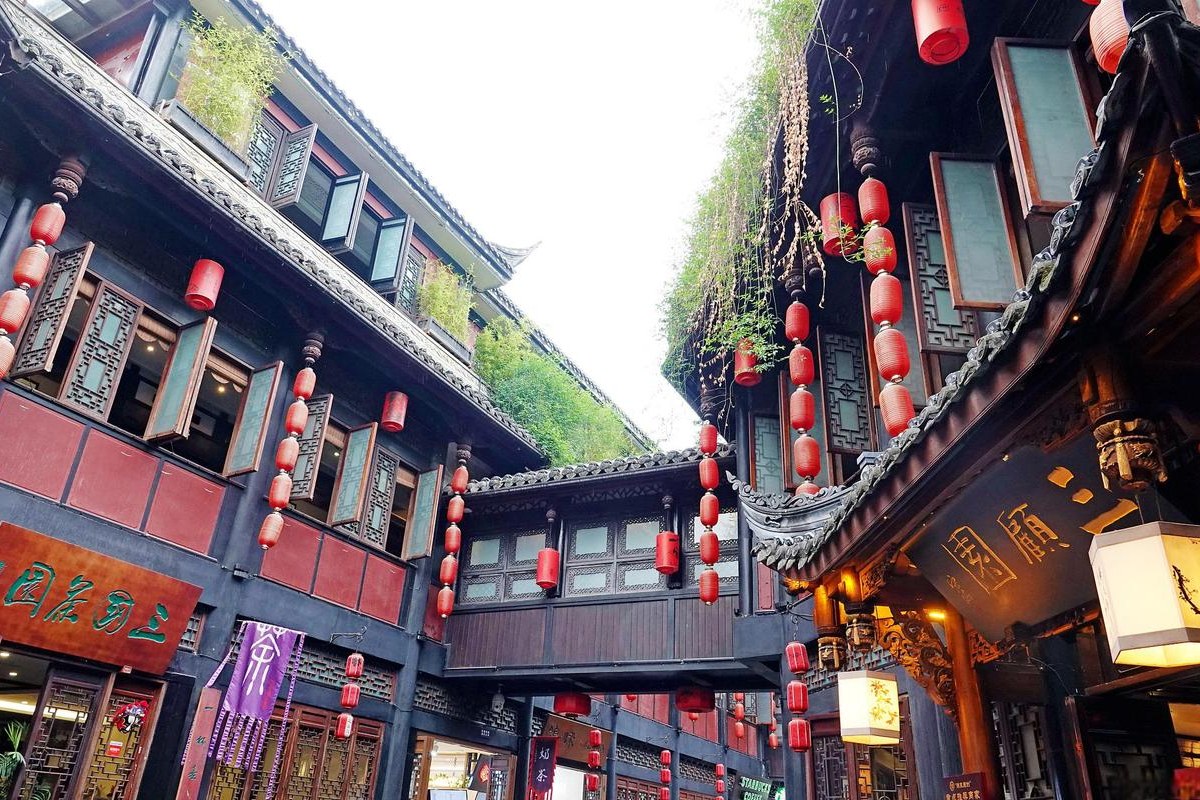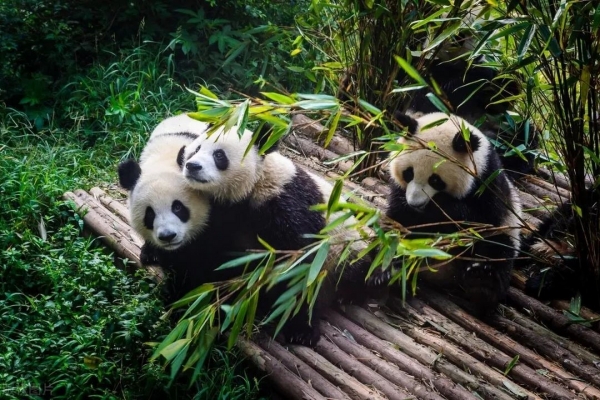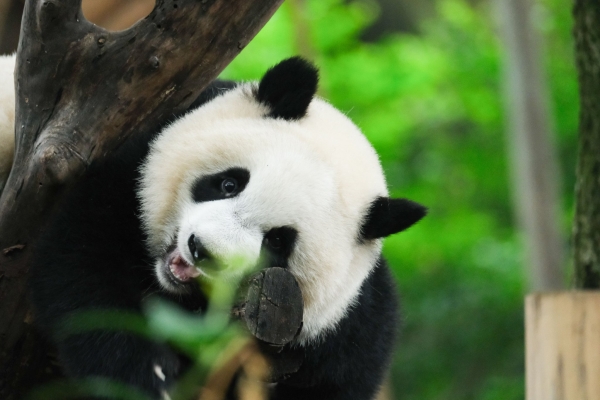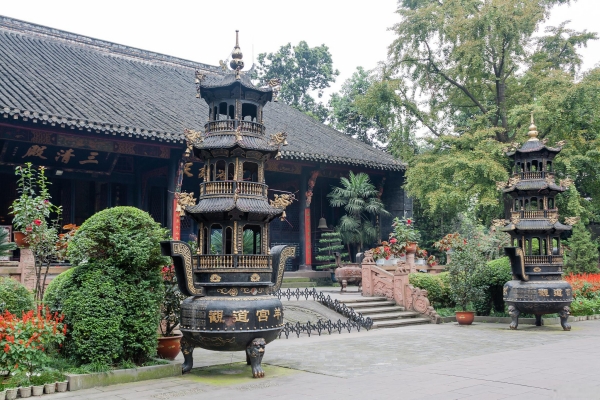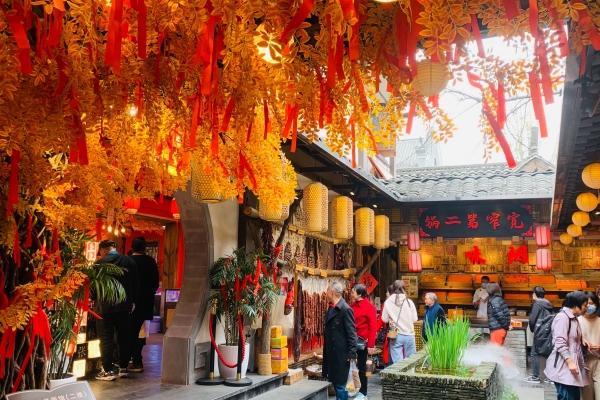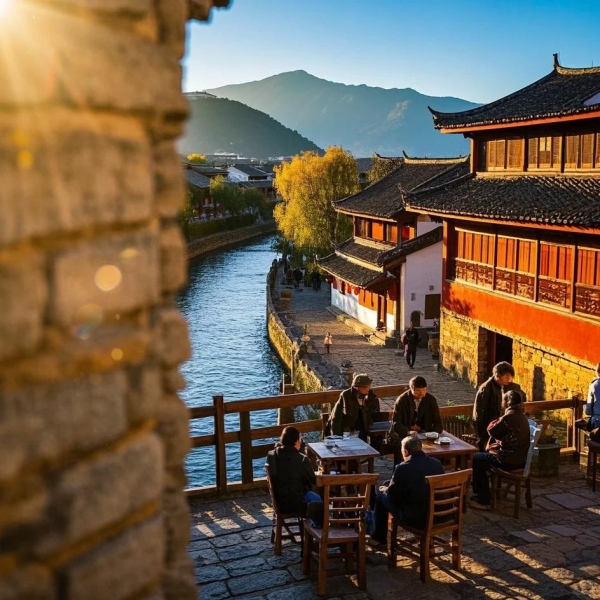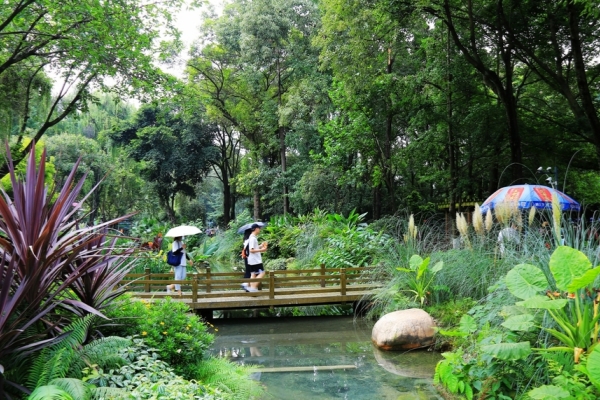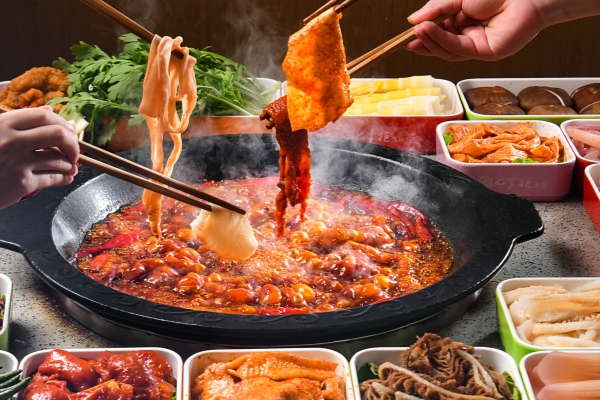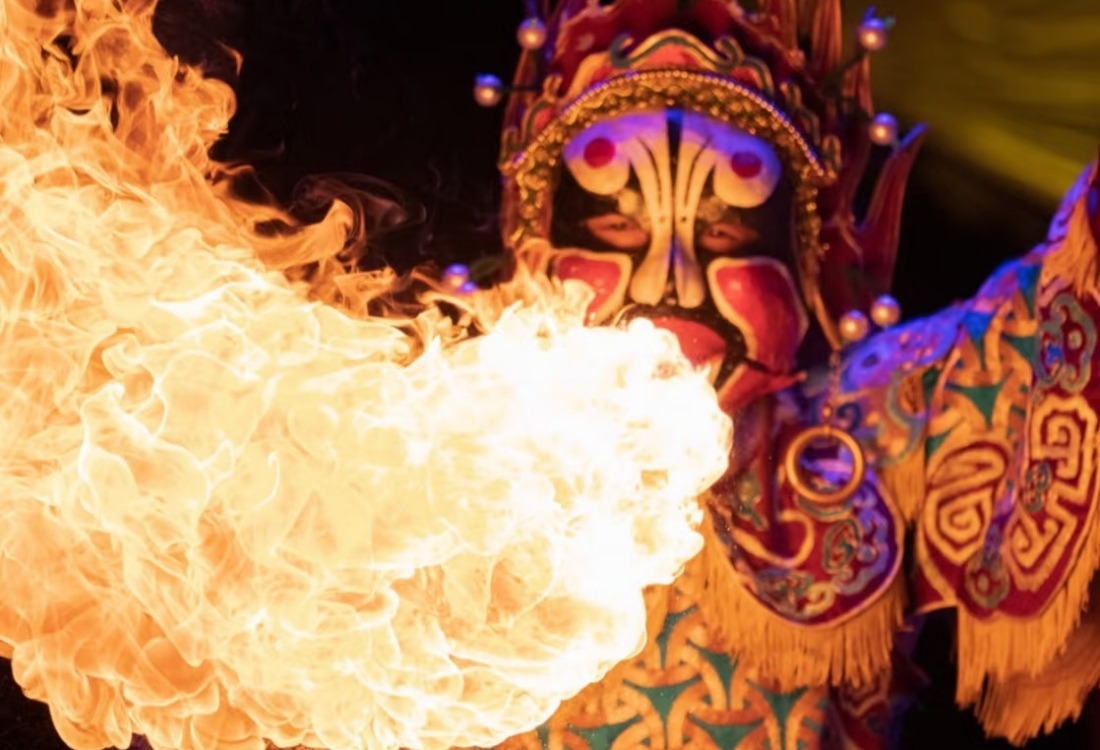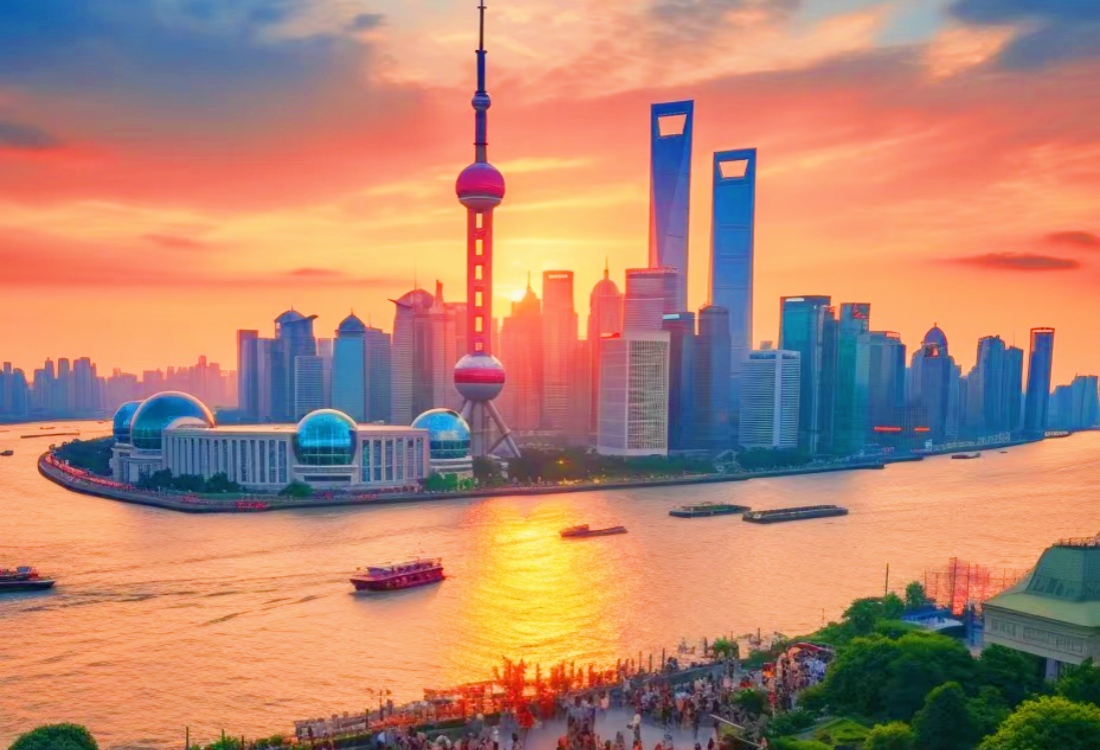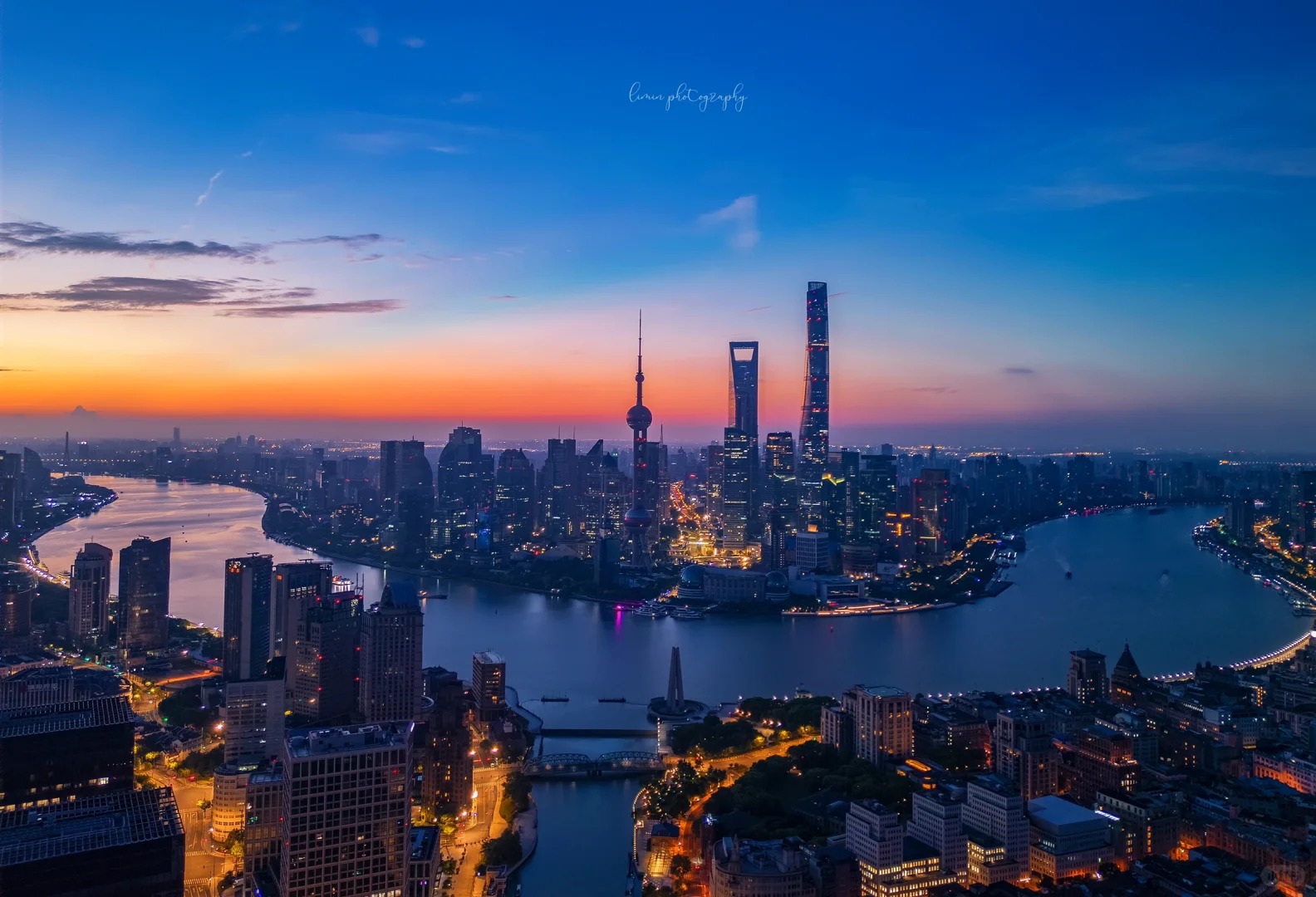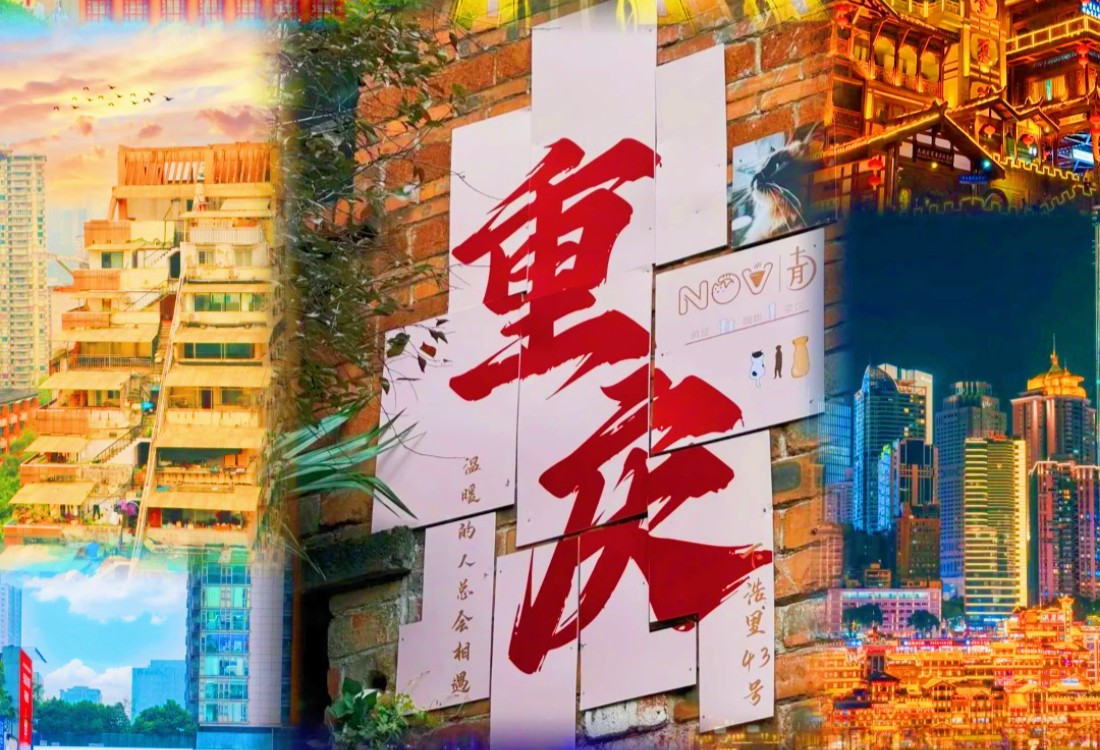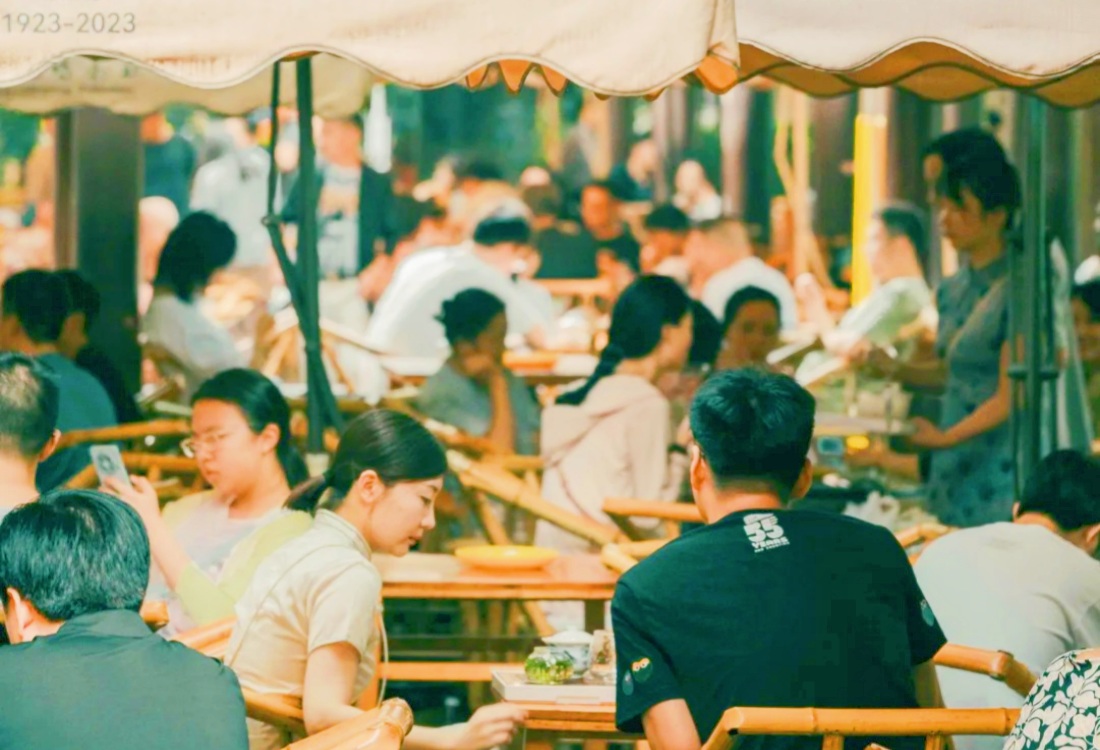Table of Contents
ToggleThis article is your ultimate guide to the must-see attractions in Chengdu, helping you discover the highlights of this vibrant city. As the capital of Sichuan Province, Chengdu blends ancient traditions with a laid-back modern lifestyle. Famous for its giant pandas, spicy cuisine, and deep cultural roots, Chengdu offers something for every kind of traveler—whether you’re a history buff, a nature lover, or a foodie ready to explore.
Chengdu Research Base of Giant Panda Breeding
No journey to Chengdu is truly complete without a visit to the Chengdu Research Base of Giant Panda Breeding. This world-class facility is dedicated to the conservation, research, and breeding of giant pandas and other rare animals like the red panda. Spanning a vast area designed to mimic their natural habitat, the base features lush bamboo groves, serene lakes, and spacious enclosures.
Tips for Your Visit to Chengdu Research Base of Giant Panda Breeding
- Arrive Early: Pandas are most active during their morning feeding times, typically between 8:30 AM and 10:00 AM. An early start also helps beat the crowds.
- Panda Nursery: Don’t miss the chance to see adorable panda cubs, especially if you’re visiting during the birthing season (late summer/autumn).
- Educational Value: Take time to visit the museum and educational displays to learn about panda conservation efforts and the challenges these magnificent creatures face.
- Allow Ample Time: Plan for at least half a day to explore the base thoroughly. Shuttle services are available within the expansive park.
Wuhou Memorial Temple in Chengdu
Wuhou Temple is one of Chengdu’s most iconic ancient sites, dedicated to Zhuge Liang, the brilliant strategist of the Three Kingdoms era (220-280 AD). Located in the southern part of the city, Wuhou Temple is surrounded by peaceful gardens and traditional architecture. Inside, visitors can explore statues, calligraphy, and historical displays that honor Liu Bei and Zhuge Liang. It’s a must-visit for history lovers and fans of Chinese historical romance.

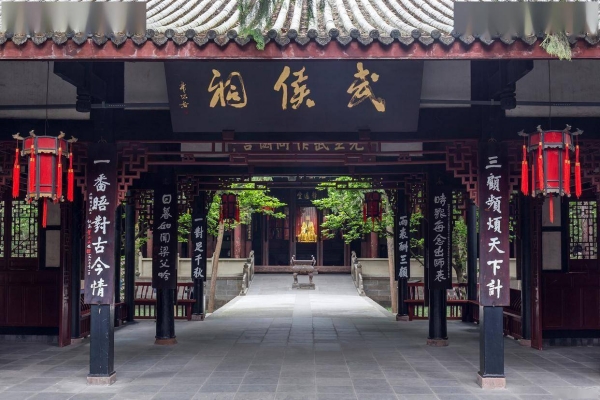
Jinli Ancient Street: Chengdu’s Cultural Time Capsule
Right next to Wuhou Temple lies Jinli Ancient Street, a lively lane that brings old Chengdu to life. Originally dating back to the Qin Dynasty, it’s now a pedestrian street featuring classic Sichuan-style architecture. Enjoy Chengdu local snacks, traditional crafts, opera performances, and folk art demonstrations while soaking in the nostalgic vibe. Perfect for an afternoon stroll with a cultural twist.
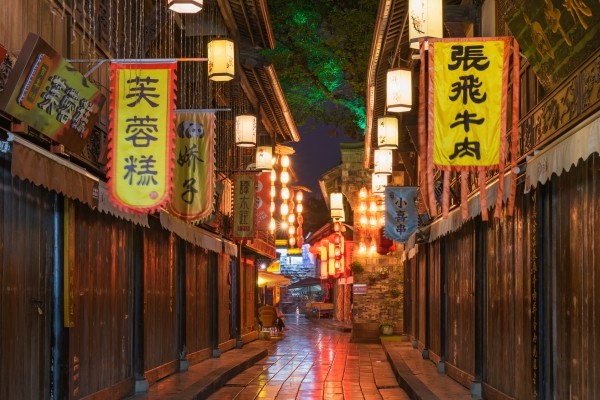
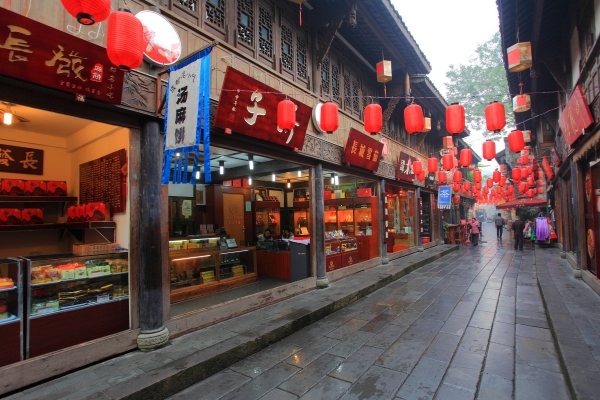
Discover the Dujiangyan Irrigation System: A UNESCO World Heritage Site
Located just 60 km from Chengdu in Sichuan Province, the Dujiangyan Irrigation System is one of the most remarkable ancient water-management projects in the world. Built over 2,000 years ago during the Qin Dynasty, this ingenious engineering marvel still functions today, supplying water, preventing floods, and supporting agriculture throughout the Chengdu Plain. Its historical and scientific value earned it a UNESCO World Heritage status in 2000.
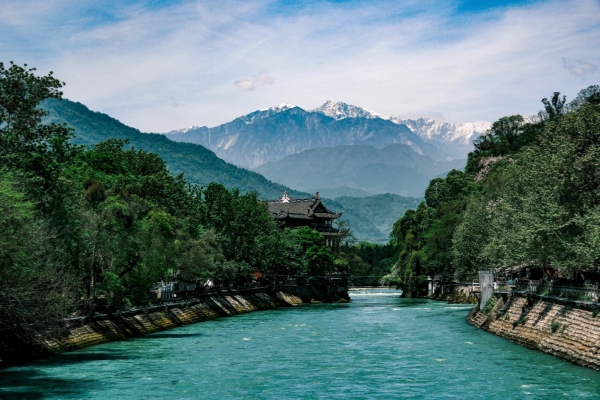

Wenshu Monastery (Wenshu Yuan): Chengdu’s Most Beautiful Buddhist Temple
For a moment of peace and spiritual reflection, visit Wenshu Monastery, Chengdu’s best-preserved Buddhist temple. Tucked away in a residential neighborhood, this Tang Dynasty-era monastery is dedicated to Wenshu (Manjusri), the Bodhisattva of Wisdom. Wander through its serene courtyards, admire intricate Buddhist art and calligraphy, and observe monks performing their daily rituals. The monastery also houses a renowned vegetarian restaurant and a traditional teahouse, perfect for a quiet interlude.
Chengdu Kuanzhai Alley (Wide and Narrow Alleys)
Kuanzhai Alley actually consists of three parallel ancient streets: Kuan Alley (Wide Alley), Zhai Alley (Narrow Alley), and Jing Alley (Well Alley). Dating back to the Qing Dynasty, these alleys have been beautifully restored to showcase traditional Sichuanese architecture alongside modern boutiques, art galleries, teahouses, restaurants, and bars. It’s a delightful place to experience Chengdu’s blend of old and new, leisurely sipping tea or browsing unique souvenirs.
Qingyang Palace: Taoist Heritage in the Heart of Chengdu
Qingyang Palace is the largest and oldest Taoist temple in Chengdu, dating back over 1,600 years. The architecture combines elegance and spiritual significance, with beautiful carvings, bronze goat statues, and a peaceful courtyard perfect for reflection. Taoism enthusiasts and cultural travelers will appreciate its tranquil atmosphere and deep spiritual roots.
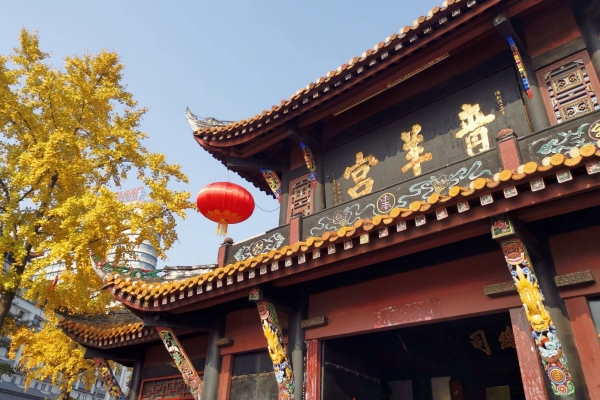

Tips for Visiting Qingyang Palace
Opening Hours: Typically 8:00 AM – 5:30 PM. Go early to enjoy the peaceful atmosphere.
Best Time to Visit: Spring and autumn are ideal for comfortable weather and clearer skies.
Etiquette: Be respectful inside the temple—no loud talking or flash photography.
Discover the Leshan Giant Buddha: A Marvel of Ancient Engineering
A couple of hours’ drive from Chengdu, the Leshan Giant Buddha (Leshan Dafo) is an awe-inspiring sight. Carved into a cliff face at the confluence of three rivers, this colossal 71-meter (233-foot) high stone statue is the largest and tallest stone Buddha in the world. Built during the Tang Dynasty (completed in 803 AD), it was intended to calm the turbulent waters for passing ships. Visitors can descend a winding staircase alongside the Buddha or take a boat trip for a panoramic view from the river. It’s a UNESCO World Heritage site often visited in conjunction with nearby Mount Emei.
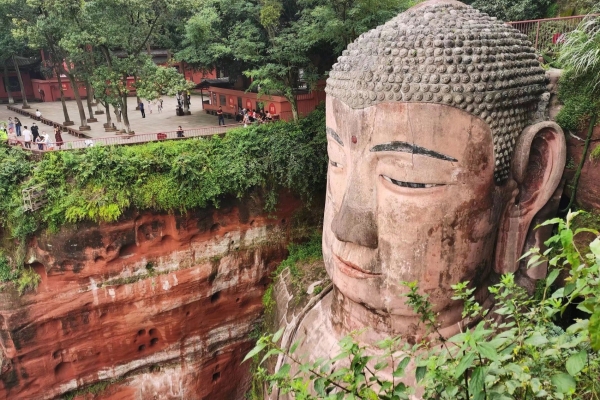
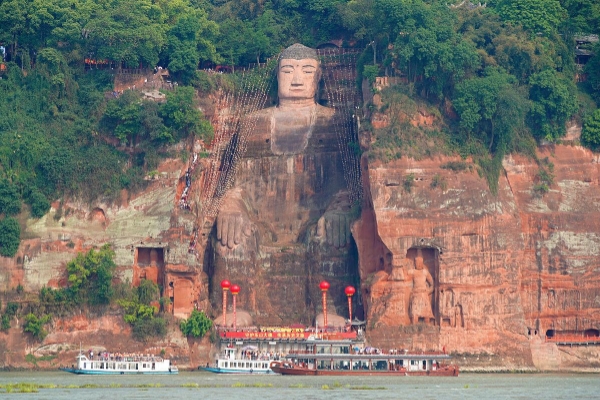
Immersive Cultural Experiences in Chengdu
Sichuan Opera (Chuanju)
A visit to Chengdu would be incomplete without experiencing a Sichuan Opera performance. More than just singing, Chuanju is a dynamic art form incorporating acrobatics, puppetry, comedy, and most famously, Bian Lian (face-changing). Performers magically switch elaborate masks in the blink of an eye, a highly skilled and mesmerizing technique. Many teahouses and theaters in Chengdu offer nightly performances, providing a lively and unforgettable cultural evening.
Chengdu People’s Park (Renmin Gongyuan)
To experience the laid-back lifestyle Chengdu is famous for, spend an afternoon at People’s Park. This bustling green oasis is where locals gather to relax, socialize, practice Tai Chi, dance, play mahjong, and enjoy tea at one of the many traditional teahouses. You can even try a traditional ear-cleaning service! It’s an authentic slice of Chengdu life.
Chengdu Culinary Adventures
Chengdu is a UNESCO City of Gastronomy, and its cuisine is legendary. Dive into the world of Sichuan peppercorns and chili peppers with iconic dishes like:
- Sichuan Hotpot (Huoguo): A communal and interactive dining experience where you cook various meats, vegetables, and noodles in a simmering, spicy broth.
- Mapo Tofu: A classic dish of soft tofu set in a spicy, chili-and-bean-based sauce, often with minced meat.
- Kung Pao Chicken (Gongbao Jiding): A stir-fry dish with chicken, peanuts, vegetables, and chili peppers.
- Dan Dan Noodles (Dandan Mian): A spicy noodle dish with preserved vegetables, chili oil, Sichuan pepper, minced pork, and scallions.
Practical Tips for Your Chengdu Visit
- Best Time to Visit Chengdu: Spring (March to May) and Autumn (September to November) offer the most pleasant weather, with mild temperatures and less rain.
- Getting Around: Chengdu has an efficient metro system that connects most major attractions. Taxis and ride-hailing apps are also widely available and affordable. For day trips, consider hiring a driver or joining a tour.
- Language: Mandarin Chinese is the primary language. While staff at major tourist attractions and some hotels may speak English, it’s helpful to have a translation app and learn a few basic Mandarin phrases.
- Connectivity: Consider getting a local SIM card or a VPN if you rely on Western apps, as many are blocked in China.
- Currency: The local currency is the Chinese Yuan (CNY). Mobile payments (WeChat Pay, Alipay) are dominant, but carrying some cash is advisable for smaller vendors or if you have trouble setting up mobile payments.
- Cultural Etiquette: Be respectful when visiting temples and monasteries. Dress modestly (cover shoulders and knees) and speak softly.

